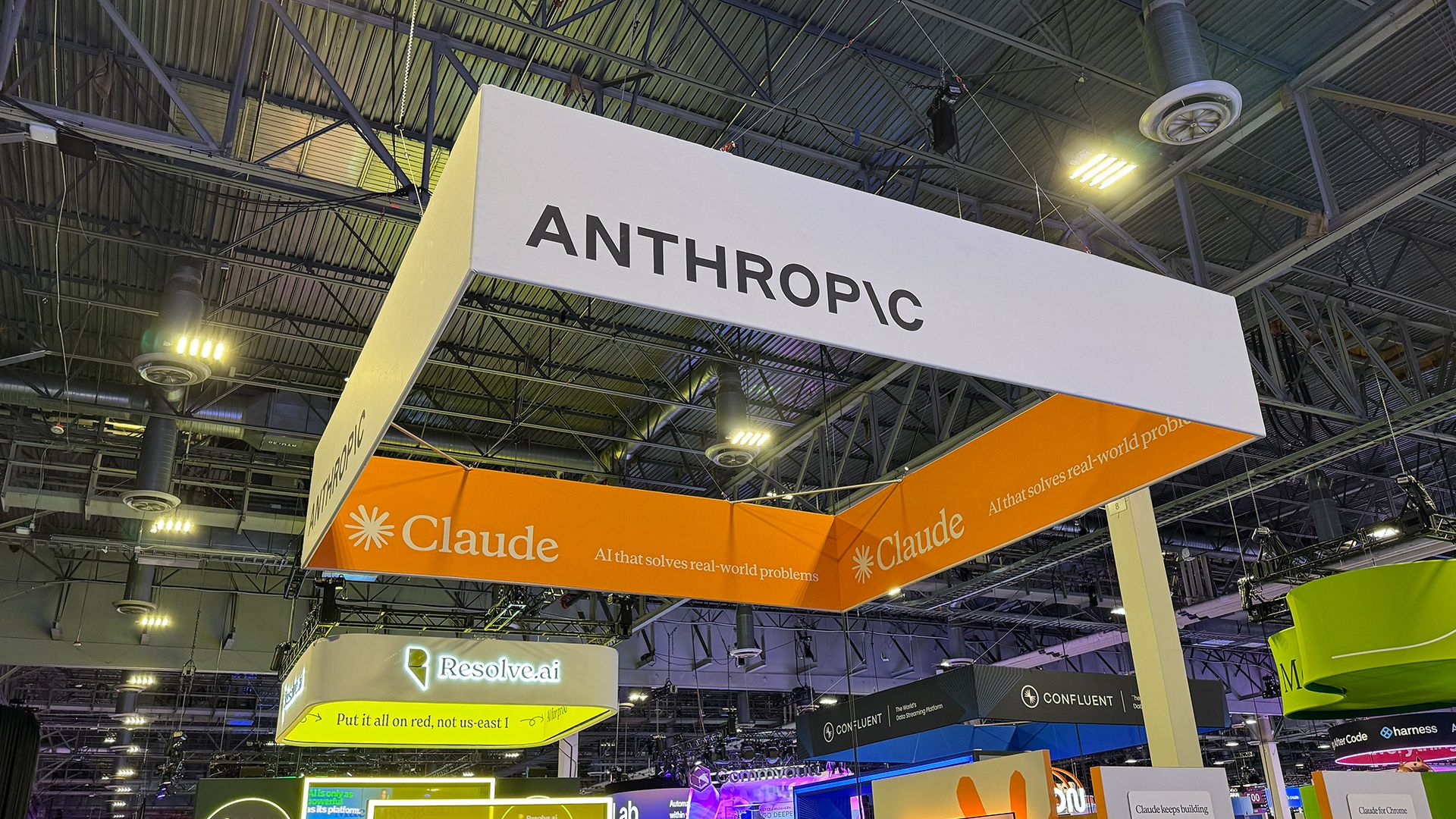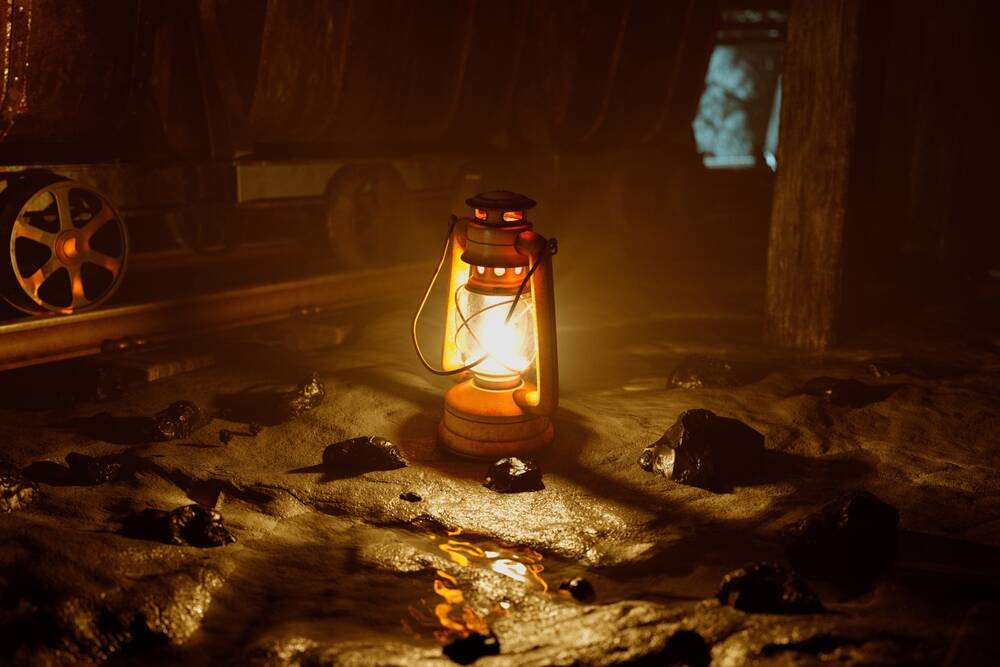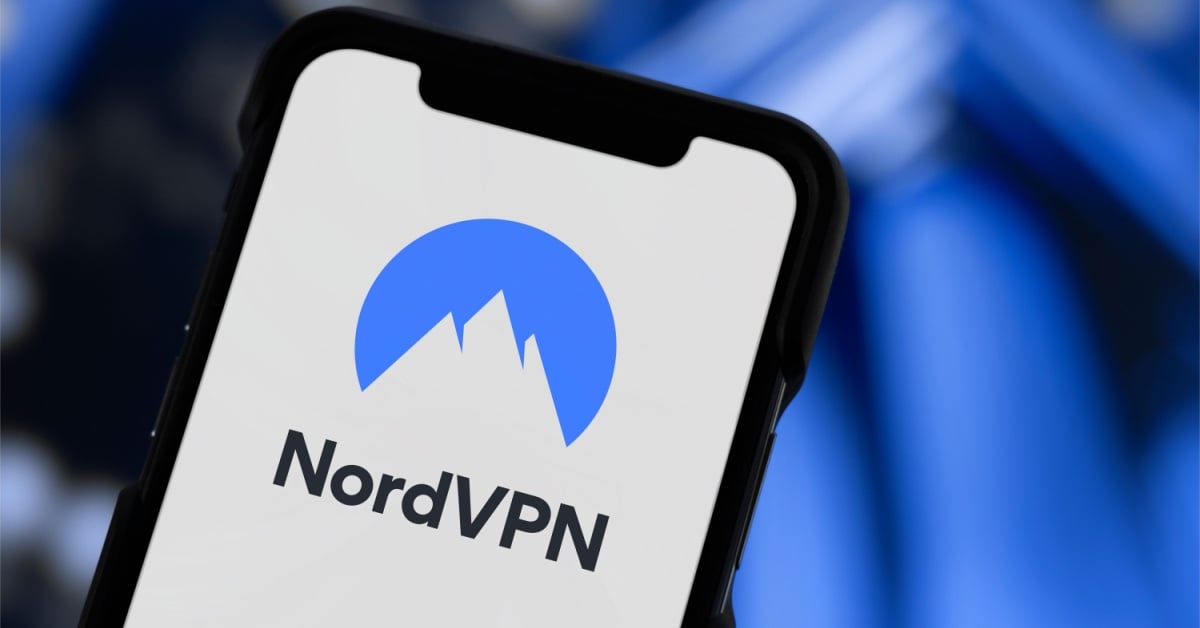fromYanko Design - Modern Industrial Design News
1 month agoThis Open-Source E-Reader Opens Like a Real Book with No Amazon Lock-In - Yanko Design
Diptyx's form factor is instantly familiar and comforting. Two 5.83-inch e-ink screens open like a hardcover book, displaying two pages at once and closing to protect the displays without requiring a separate case. The device is slim, lightweight at 300 grams, and portable, making it perfect for reading on trains, planes, or curling up at home. The modular case, visible screws, and user-replaceable SD card and batteries make repairs and upgrades easy for anyone comfortable with basic tools.






















